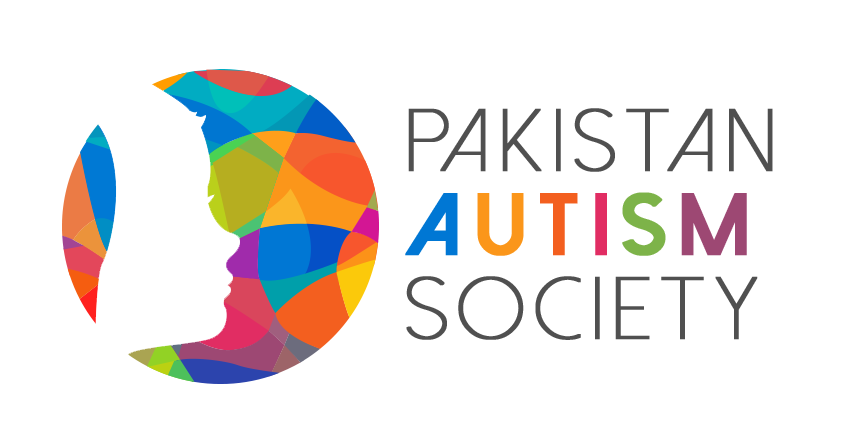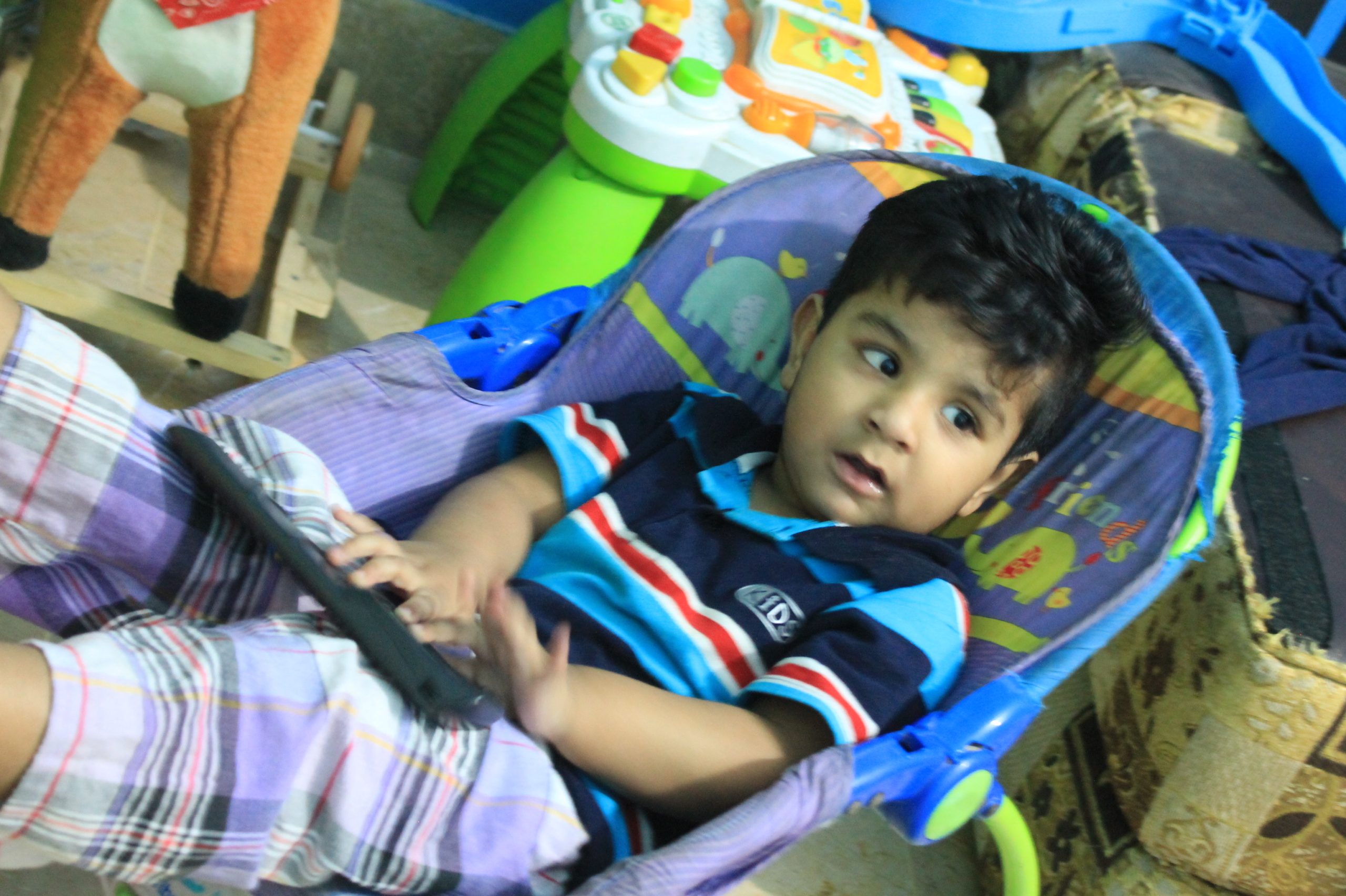In this article we will discuss:
- Understanding learning difficulties in autism
- Techniques for teaching communication skills
- Strategies for promoting social skills
- Tools for building independence and self-esteem
- Importance of sensory integration in learning
- Tips for creating a supportive learning environment
Autism Spectrum Disorder (ASD) is a neuro developmental condition that can affect a child’s ability to learn and communicate. Learning can be a challenge for children with autism, as they may struggle with language, social skills, and sensory processing. However, with the right support, children with autism can develop their full learning potential.
“Autism is not a tragedy. Ignorance is a tragedy.” – Kerry Magro
Learning for Autistic Child

Learning Challenges for Children with Autism:
Children with autism may face a variety of learning challenges, including difficulty with communication, social skills, executive functioning, and sensory processing. These challenges can make it difficult for them to focus, follow instructions, and learn new skills. For example, a child with autism may have difficulty with expressive language, making it hard for them to express their needs and emotions. They may also struggle with social communication, making it hard for them to interact with others and make friends.
Learning Solutions for Children with Autism:
There are many strategies and solutions that can help children with autism overcome their learning challenges and reach their full potential. One of the most effective strategies is to provide individualised instruction and support that is tailored to the child’s specific needs and strengths. This may include the use of visual aids, such as picture schedules and social stories, to help children with autism understand expectations and routines.

Another effective solution is to provide a structured and predictable learning environment that is conducive to learning. This may involve the use of a quiet and well-organised classroom with minimal distractions and a consistent routine. In addition, children with autism may benefit from a multi-sensory learning approach that engages all their senses and helps them process information more effectively.
Technology can also be a valuable tool for children with autism, providing them with engaging and interactive learning experiences. For example, computer programs and apps can help children with autism develop language, social skills, and executive functioning. These tools can also be used to track progress and adjust instruction to meet the child’s changing needs.

Conclusion:
Children with autism have the potential to learn and achieve great things, but they may need additional support and resources to do so. By providing individualized instruction and support, a structured and predictable learning environment, and multi-sensory learning experiences, we can help children with autism unlock their full learning potential.














[…] […]